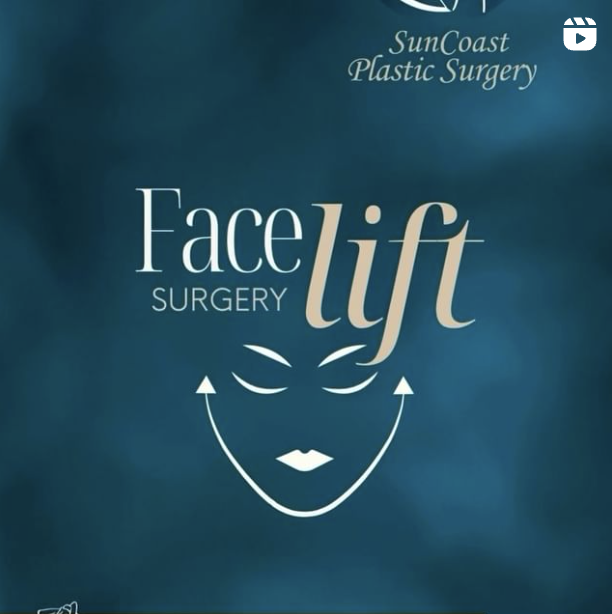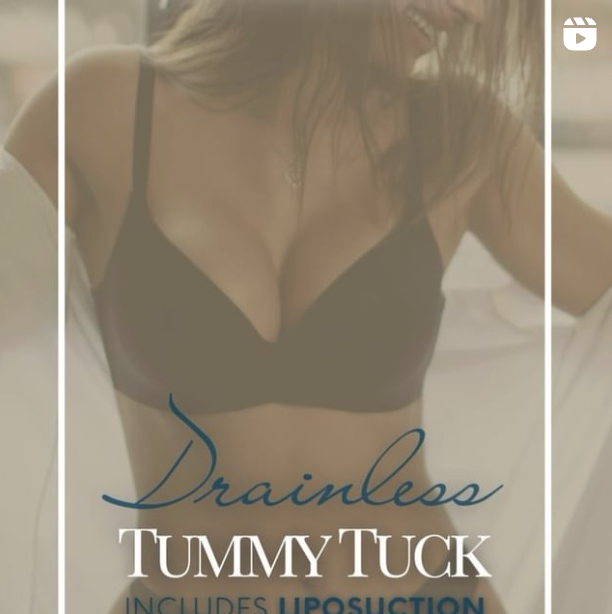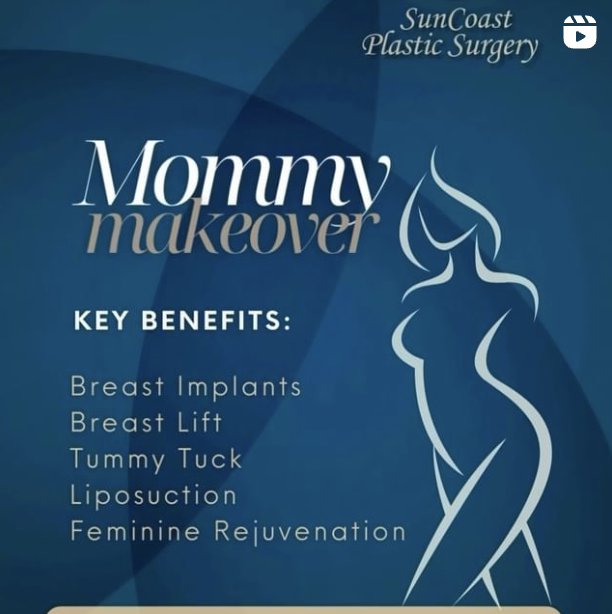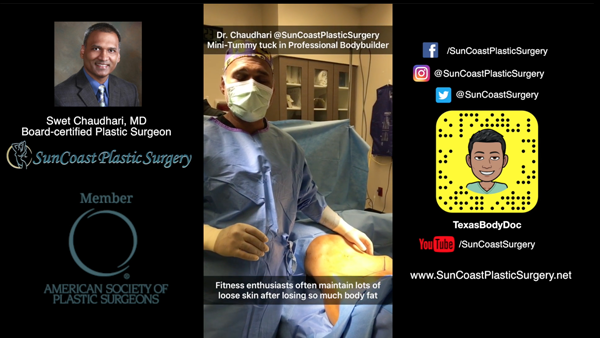Do Non-Implant-Based Breast Augmentation Procedures Work?
No matter how stringently we exercise, eat well, maintain healthy lifestyles we will eventually experience signs of the natural aging process. Breasts age too, and over time they can begin to sag, experience changes from breastfeeding, changes in weight, and pregnancy.
For centuries women didn’t have a way to alter the appearance of their breasts if they weren’t happy with them but now breast augmentations are one of the most popular cosmetic surgery procedures in the United States. There are even nonsurgical augmentation options, but a growing number of experts indicate they are ineffective and not worth the time or money.
Thanks to the march of modern medicine, women can achieve the breast aesthetic they desire. The most common surgical breast augmentation procedures include lifts, reductions, implants, and implant replacement.
While breast enhancements are possible without surgery or implants, the results are not as reliable or long-lasting when compared with surgical augmentation. Let’s explore these lesser known nonsurgical, if only to issue a broad caveat; if it looks too good to be true it probably is.
4 Non-Implant Breast Augmentation Procedures
- Fat Transfer Breast Augmentation
- Vampire Breast Lift
- External Tissue Expander
Fat transfer for Breast Augmentation
A moderate increase in overall breast tissue volume can be achieved with autologous fat transfer for breast augmentation.This method of breast enhancement is extremely safe because it uses a patient’s own fat to fill out their breasts in strategic areas.
While under anesthesia, the surgeon will use liposuction to draw unwanted fat from the hips, stomach, thighs, or another part of the patient’s body. Then the surgeon will use a needle to inject the withdrawn fat into the breasts strategically to make them appear fuller, more voluptuous, or even in size and shape.
This highly customizable procedure can address asymmetry, increase cleavage, and/or allow a patient to go up roughly one half to one full cup size. Sadly, women looking to increase the size of their breasts want to go up much more than one cup size.
The process of transferring fat cells from one part of the body to another part of the body is relatively easy to do. However, the fat cells are being taken away from a place where they were healthy and happy and being re-inserting into a new place (the breasts), where they will need to get a new blood supply.
Through the release of certain angiogenic chemicals, they will encourage capillary growth to obtain a new blood supply. The process is slow and tedious and takes a few days. Most plastic surgeons will say that about half of the fat cells will survive and about half will die. This is the case no matter where the fat cells are transplanted, whether in the breasts or in the buttocks for better volume or shape.
3 Limitations to Autologous Fat Transfer (AFT)
There are three main limitations to autologous fat transfer (AFT) to the breasts for augmentation.
- Inadequate Volume Expansion. When surgeons say that about half the fat cells will survive, that’s just a ballpark number and there is no way of predicting or determining the exact percentage of transplanted fat cells that will survive. Also, the amount of fat cells that can be transplanted is determined by the recipient breast tissue volume and breast skin envelope. If a woman has very little bread volume, her tissue can only hold on to a certain amount of fat cells. The more breast volume she has, the more fat cells can be transplanted. But in general, most woman wanting breast augmentation have small breasts and can therefore only hold a few hundred mls of transplanted fat cells. This is the main reason why AFT to the breasts will only provide an increase of about half a cup to a full cup, which for most women is simply not enough to achieve their goals.
- Unpredictable Volume Expansion. Even if a woman only wanted a one cup increase in breast volume, there is no way of reliably achieving symmetry. Since we don’t understand exactly what factors determine the percentage of fat cell survival, it is unreliable and unpredictable. One breast may have 45% fat cell survival and the other breast may have 55% fat cell survival, and now we have an asymmetry that is unpleasant and may need correction with another procedure.
- Increase in unnecessary breast imaging due to false findings. When fat cells are transplanted, about half of the cells will die, and when they die, their organic material is recycled by the body, but the inorganic metals (calcium, magnesium, potassium, etc.) are often left behind as debris. These micro-calcifications spread all across the breast tissue can be seen on mammograms and may look suspiciously similar to breast cancer to a radiologist, even if they are completely benign, and he/she is now legally obligated to mention them on the mammogram report and recommend additional imaging studies for further evaluation. This may involve additional focused mammograms, ultrasounds, and possibly breast biopsies. These additional studies will cost more money and may take weeks to months to complete, and all of this additional headache is necessary to make sure there is no breast cancer in the breasts of the patient who received transplanted fat cells simply for augmentation.
Most patients are unaware of these risks, and when made aware of the fact that the amount of volume expansion may not be enough to achieve their goals, that they may need additional fat transplantation to correct asymmetries, and they may need several additional unnecessary breast imaging studies as a result of their fat transfer, most women are unwilling to undergo fat transfer for breast augmentation.
VBL Procedure
A VBL is short for Vampire Breast Lift. Although it sounds like a scary movie, a VBL is a nonsurgical cosmetic breast procedure to lift breasts and increase their cup size. A VBL augmentation can heighten breast sensitivity, tighten lax skin, and optimize skin tone and texture. It can even reverse inverted nipples and takes just an hour-and-a-half to complete.
Like fat transfer breast augmentation, VBL sources natural biological material from the patient herself for transfer by injection into the breast. Rather than working with fat, however, a physician will draw a patient’s blood and then process it in a laboratory centrifuge to isolate the platelet-rich plasma (PRP) within it.
PRP therapy is said to promote new tissue growth that includes blood vessels and nerve endings. Although visible results of a PRP procedure may take three months to develop, the people who developed this procedure claim the results should continue to improve over a full year.
While the procedure is touted to improve skin texture and firmness, a VBL will not increase the size or fullness of breasts. The vampire breast lift won’t actually lift the breasts either, the only way to lift breasts is with a surgical breast lift procedure.
External Tissue Expander
According to reports in early clinical trials for the trademarked Brava tissue expander device women are experiencing increases in overall breast volume without surgery. The Brava is shaped like a bra that has plastic cones for cups. Using precisely applied vacuum suction, these cones force the tissue of the breast to expand. When the suction is turned off, the effects of this tissue expansion tend to remain for an extended period of time.
The Brava device is particularly effective when used in conjunction with a fat transfer procedure. According to BreastCancer.org, patients who completed external tissue expansion treatment prior to a fat transfer experienced nearly twice as much overall volume increase when compared with patients who didn’t. This is because, as it expands the tissue of the breast, the Brava device creates a matrix of tiny internal areas in which the newly introduced fat can settle.
Unfortunately even the tissue expander procedure has drawbacks to consider. The results are very subtle, so you may need to undergo multiple procedures all under general anesthesia. What’s more, you will have to wear the Brava tissue expander for four weeks each time you have a fat grafting procedure. You only need to undergo anesthesia once to experience dramatic results from breast implant surgery.
Breast Implants vs Nonsurgical Procedures
For women seeking to enhance the shape, size, positioning, symmetry, or firmness of their breasts plastic surgery remains the gold standard. Despite their ability to dramatically alter the overall aesthetic of breasts, the truth is that neither silicone nor saline implants will last forever. You will likely need to have them replaced every 20 years of more often if one ruptures or leaks.
Although nonsurgical procedures may seem more attractive when one pauses to consider the risks and expense of plastic surgery, the slow and subtle results that noninvasive procedures yield are no match for the immediate and dramatic results achievable with surgery.
Make sure you get all the facts and conduct thorough research if you’re considering breast augmentation.
Consider how important it is to you. If improving the appearance of your breasts is high on your priority list, speak to a board-certified plastic surgeon, who will likely agree that surgical augmentations offer the best, long-term results, with minimal risks and downtime.
Contact Us
Have questions or want to learn more about breast augmentation options? Contact SunCoast Plastic Surgery by using the form below or call (832) 981-5372 today to speak with a member of our team. Dr Swet Chaudhari is a plastic surgeon who is double board-certified by The American Board of Plastic Surgery and the American Board of Surgery. He has been performing cosmetic plastic surgery procedures for over 12 years on patients in Pearland, Clear Lake, Webster, Friendswood, Sugar Land, and the greater Houston, Texas area.
[/vc_column_text][/vc_column][/vc_row][vc_row row_type=”row” use_row_as_full_screen_section=”no” type=”full_width” text_align=”left” box_shadow_on_row=”no”][vc_column][contact-form-7 id=”20132″][/vc_column][/vc_row]







